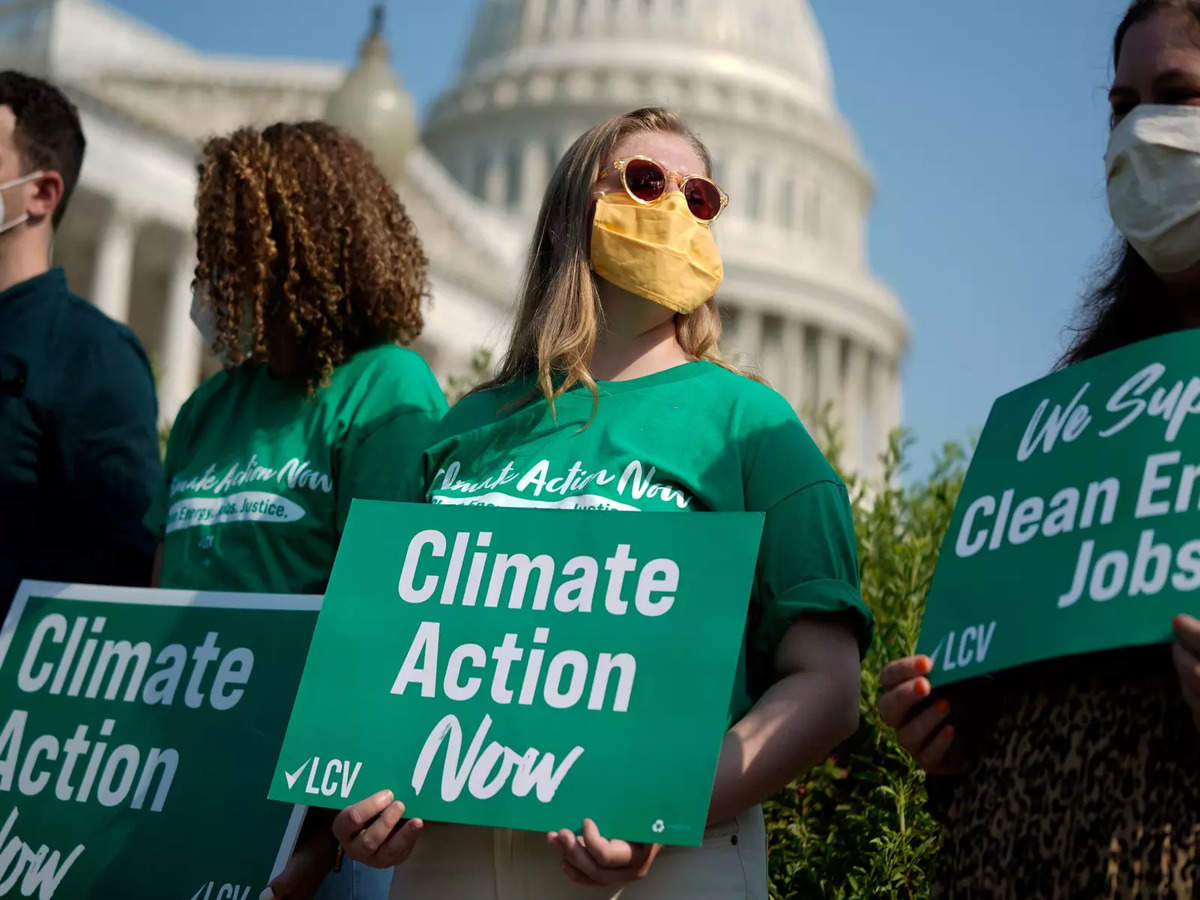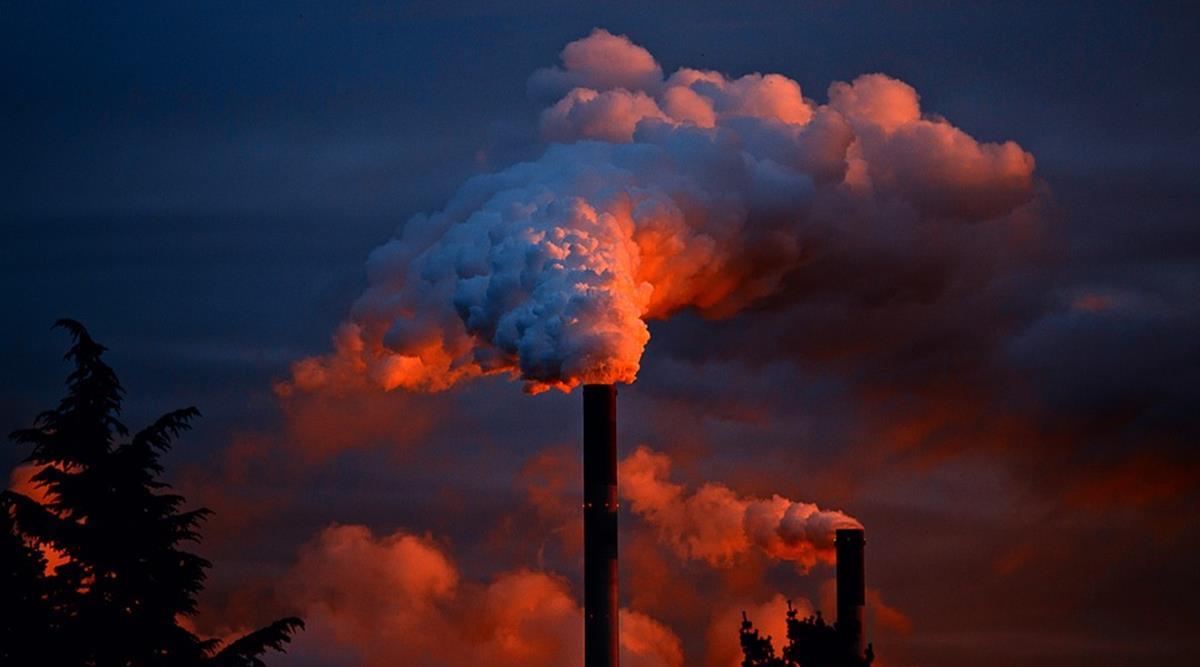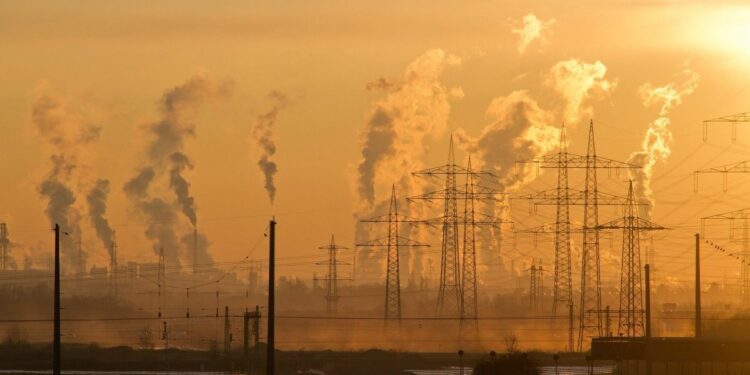The Ministry of Environment has announced in a press statement that the Union Cabinet has approved the ratification of the Kigali Amendment to the Montreal Protocol on substances that were contributing to the depletion of the ozone layer.
India has finally decided to ratify a key amendment to the 1989 ozone-saving Montreal Protocol which came into being 5 years ago reported The Indian Express.
This decision by the Indian government has come following similar steps taken by countries such as the US and China in the last few months.

The Kigali Amendment is named after the Rwandan capital where the negotiation for it took place. It asserts the gradual reduction and then complete pause to the use of hydrofluorocarbons, a set of chemicals that is constantly responsible for heating up the planet.
The Amendment aims to restrict both the production and consumption of the HFCs. HFCs are presently used in lieu of hydrochlorofluorocarbons (HCFCs) and chlorofluorocarbons (CFCs), which were ozone-depleting gases, reported the HT Times.
This 2016 Amendment was a big milestone for the world in its efforts to find solutions to the problems of climate change.
The HFCs, a set of 19 gases are known to have the capacity to global warming to a much larger extent than Carbon dioxide.
It is estimated that the complete halting of use of HFCs by 2050 has the potential of stopping global warming by 0.5 degrees Celsius by the end of the century.
Climate and Clean Air Coalition of the United Nations Environment Programme (UNEP) assert that “HFCs are entirely man-made.
They are primarily produced for use in refrigeration, air-conditioning, insulating foams, and aerosol propellants, with minor uses as solvents and for fire protection.
Most HFCs are contained within equipment, so emissions are the result of wear, faulty maintenance, or leakage at the end of a product’s lifetime.”

This step by India is significant and is in compliance with its commitment made in the Paris Agreement and has come ahead of the proposed seminal conference, the United Nations climate change conference (COP26) in Glasgow, Scotland.
Alex Hillbrand, an HFC expert at Natural Resources Defense Council said, “India’s Kigali Amendment ratification is among the most significant of any country, and brings us to the cusp of universal ratification among the world’s biggest economies.”

A fact sheet from The Energy and Resources Institute (TERI) and Natural Resources Defense Council (NDRC) India asserted that this step is a huge advantage for the country itself as it would increase the domestic manufacturing and employment generation goals.
Moreover, Professor S N Tripathi, the head of civil engineering, department at IIT Kanpur, and a member of the steering committee of environment ministry’s National Clean Air Programme, said, “The Montreal Protocol had realized the need for phasing out HFCs which were responsible for the depletion of the Ozone layer.
The tireless efforts that led to the Kigali Amendment have resulted in the agreement of phasing out the HFCs in a timebound manner.
Many HFCs have very high global warming potential. India’s ratification of the Kigali amendment is a welcome decision that will collectively help avoid 0.5°C, which is a significant climate co-benefit.”
Also Read: Global warming can make places colder too, but not for the better
















